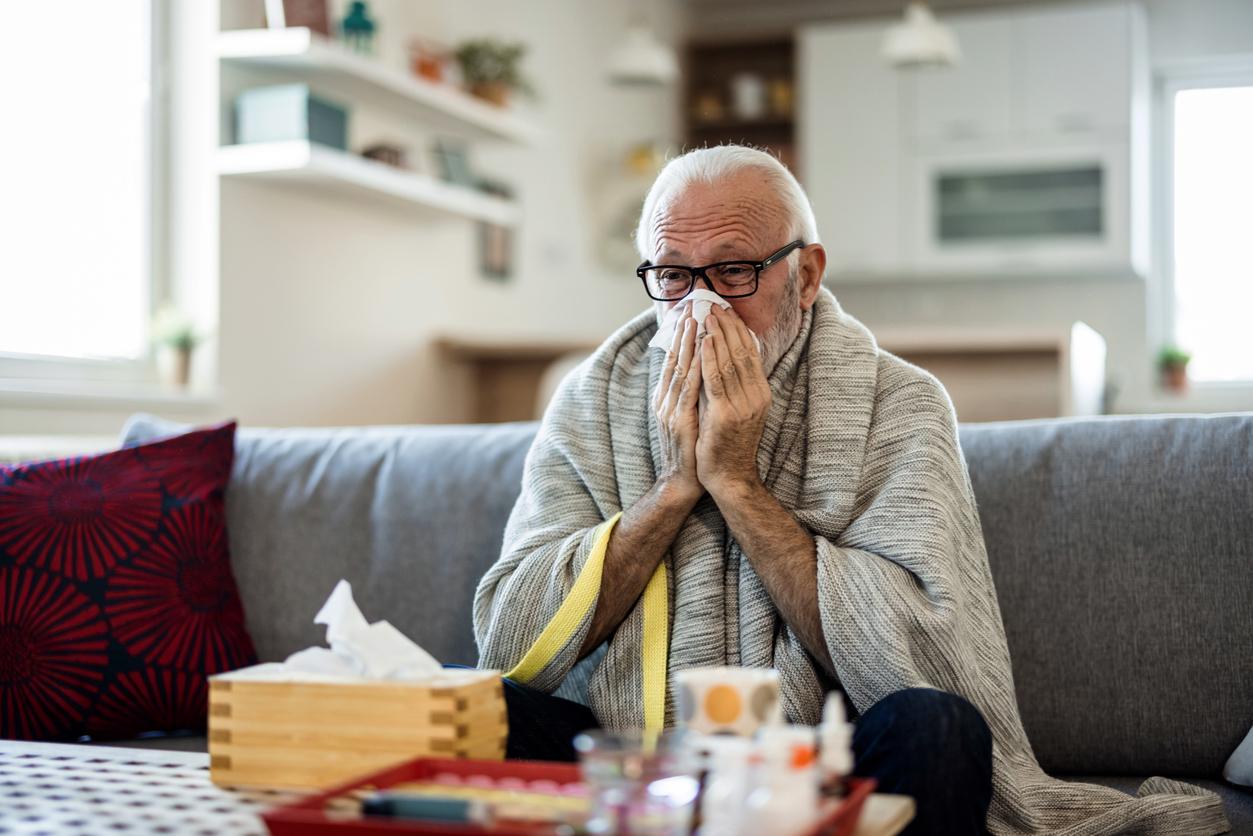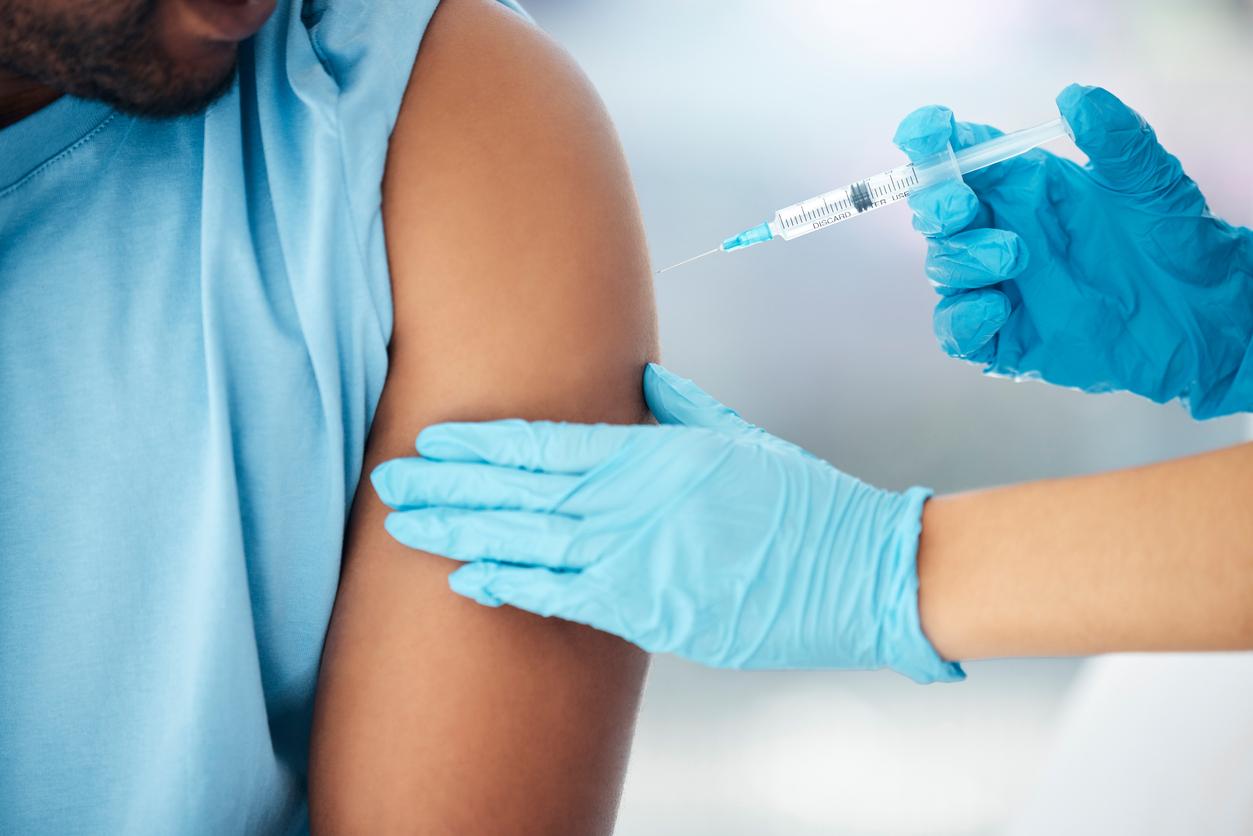Even if the latter show few symptoms, they carry a high load of the SARS-CoV2 virus and therefore play an important role in its spread.

- Although presenting less visible symptoms, children often have a high viral load of SARS-CoV2, which makes them particularly active in its spread.
- This discovery must absolutely be taken into consideration to best adapt the health protocols put in place for the reopening of schools, explain the authors of the study.
Whether or not they show symptoms of Covid-19, children play an important role in the spread of the virus. This is highlighted by a study conducted by researchers at Massachusetts General Hospital (MGH) and Massachusetts General Hospital for Children (MGHfC), and published this Thursday, August 20 in the Journal of Pediatrics.
Contrary to what the scientific community has argued so far, children are indeed silent propagators of the virus. The study involved 192 children aged 0 to 22, including 49 who tested positive and 18 others who suffered from a late onset disease linked to Covid-19. His results demonstrate that infected children had a significantly higher level of virus in their airways than adults hospitalized in intensive care units.
A difficult diagnosis
“I was surprised by the high levels of virus we found in children of all ages, especially in the first two days of infection.says Dr. Lael Yonker, director of the MGH Cystic Fibrosis Center and lead author of the study. I did not expect the viral load to be so high. You think of a hospital and all the precautions taken to treat seriously ill adults, but the viral loads of those hospitalized patients are significantly lower than those of a ‘healthy child’ walking around with a high SARS viral load -CoV2.”
After taking nasal and pharyngeal swabs from 192 children, adolescents and young adults, the researchers found that transmissibility was all the more important as the viral load was high. The diagnosis of Covid-19 is, moreover, difficult to establish because infected children present typical symptoms of Covid-19, such as fever, runny nose and cough, they are often superimposed on common childhood illnesses, especially the flu and the common cold.
As Dr. Alessio Fasano, director of the Center for Research in Immunology and Mucosal Biology at the MGH, recalls, “children are not immune to this infection, and their symptoms do not correlate with exposure and infection […] During this Covid-19 pandemic, we have mainly screened symptomatic subjects, so we have come to the erroneous conclusion that the vast majority of infected people are adults. However, our results show that children are not protected against this virus. We must not dismiss children as potential vectors for the spread of this virus.”warns the researcher.
An increase in MIS-C cases
Another important finding made by the study is one that contradicts the hypothesis that children have a lower number of immune receptors for SARS-CoV2, making them less likely to become infected or seriously ill. The group’s data shows that although young children have lower numbers of virus receptors than older children and adults, this does not correlate with a decrease in viral load. According to the authors, this result suggests that children may carry a high viral load, which means they are more contagious, regardless of their susceptibility to Covid-19 infection.
Finally, the researchers studied the immune response of children to MIS-C, a rare disease linked to Covid-19, which results in a multi-organ systemic infection appearing several weeks after infection. Complications can include serious heart problems, shock, and acute heart failure. According to the study authors, the number of children affected by MIS-C is increasing. “And, as in adults with these very serious systemic complications, the heart appears to be the favored organ targeted by the post-Covid-19 immune response.”adds Alessio Fasano.
Adapt the reopening of schools
For the authors of the study, these conclusions must absolutely be taken into account in the policy of reopening schools “to ensure the safety of children, teachers and staff”. In particular, they recommend not relying on body temperature or symptom monitoring to identify infection with the virus in school settings but, instead, emphasizing social distancing, the use of masks, the systematization of hand washing and, when possible, distance learning.
“This study provides much-needed facts for policymakers to make the best decisions possible for schools, daycares and other institutions that care for children.explains Dr. Fasano. Children are a possible source for the spread of this virus, and this should be factored into the planning stages of reopening schools..” The immunologist fears that a hasty return to school without proper planning could lead to an increase in cases of COVID-19 infection. “If schools were to fully reopen without the necessary precautions, it is likely that children would play a bigger role in this pandemic.”conclude the authors.

.















